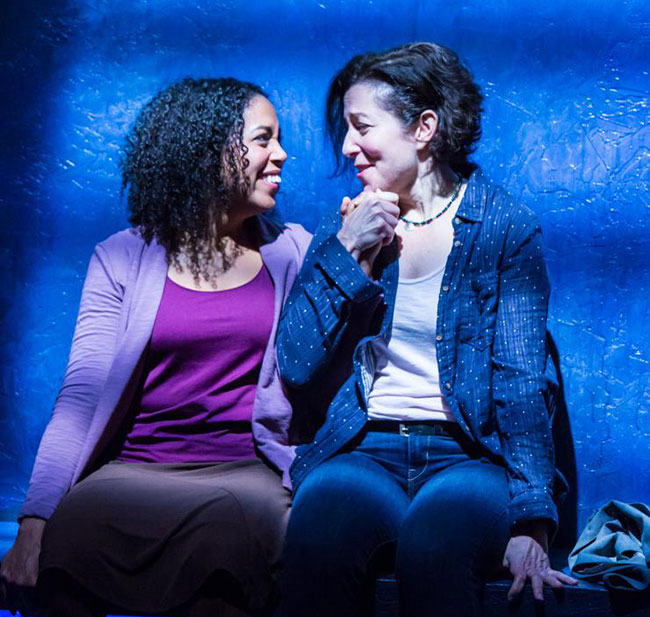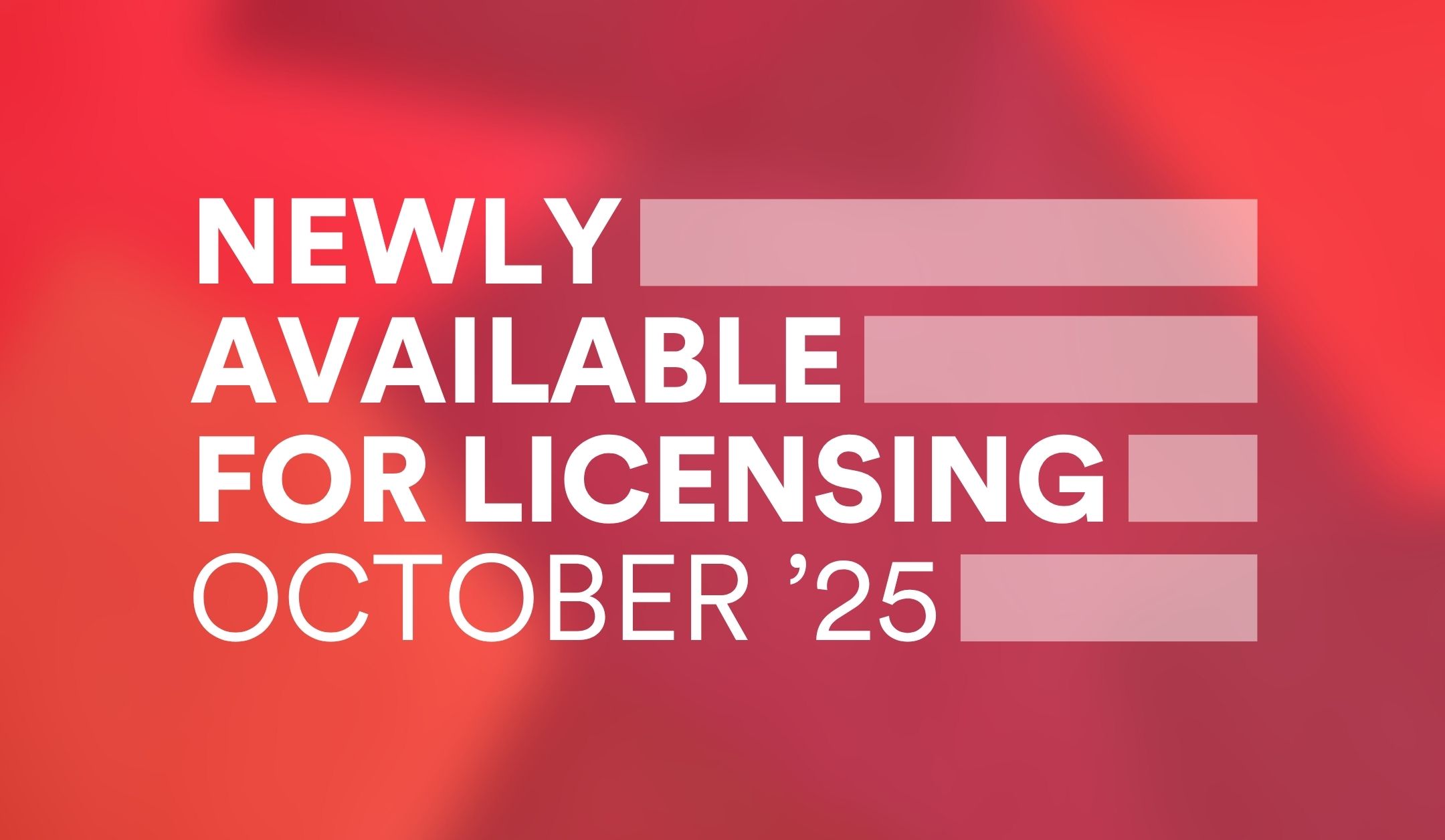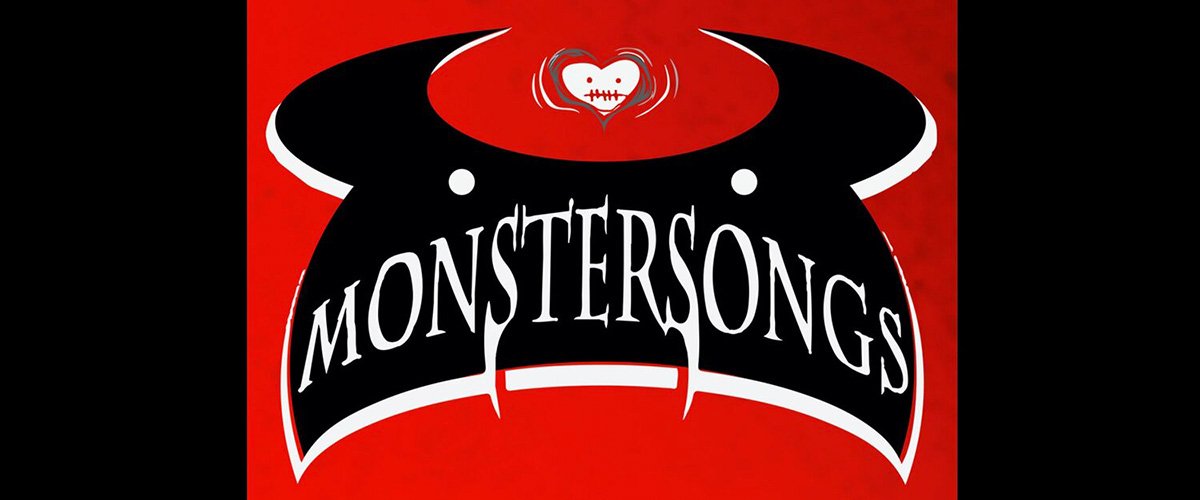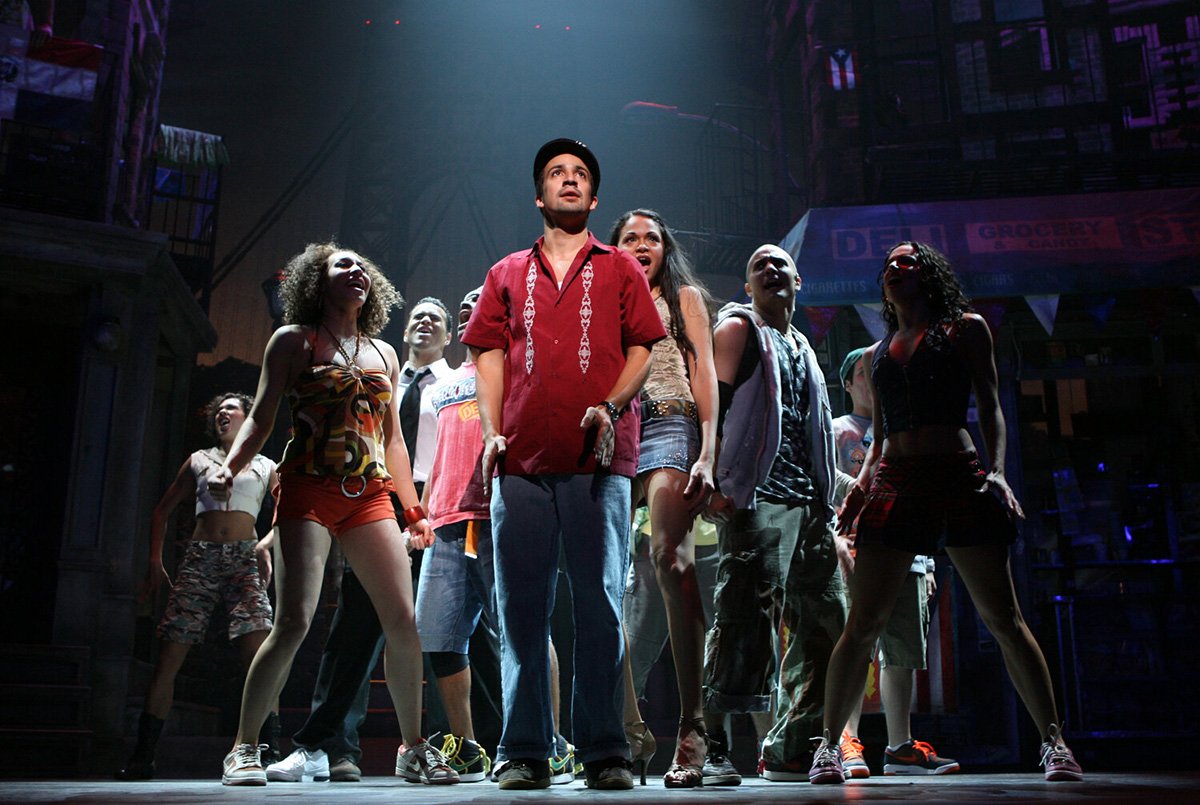
In the spring of 2015, Profile Theatre in Portland, Oregon—a company that puts a single playwright at the center of its season—announced it would launch a three-year Diversity and Inclusion Initiative to produce work exclusively by women and writers of color starting the following season. A year later, here are some notes on what we’ve learned.
1. Putting diversity at the center of your programming will deepen your connection to your community. In our first year, we saw our audience diversify in both age and ethnic make-up. We increased our community contacts by about 100%, further embedding us in the community we serve. Our community partners diversified radically, increasing our connection to a broader slice of our city. And our traditional audience engaged in a spectrum of conversations that increased empathy and understanding in multiple directions, particularly along age, race, sexual orientation, and class.
2. Finding the plays is the easy part. There are, unsurprisingly, literally hundreds and hundreds of contemporary writers of color whose plays will move, engage, titillate, outrage, and delight audiences. The Diversity and Inclusion Initiative was dreamed up by my predecessor Adriana Baer in part because many of the writers she (and I) are interested in already happen to be women and people of color. By leaning into the desire to program these artists, Adriana hoped to increase the relevance of our programming to our contemporary world, while also doing our part to help correct an imbalance that has historically put white men at the center of the most visible and celebrated vehicles of cultural production and consumption. The productions in the Diversity Initiative’s first season featured three plays by Tanya Barfield: The Call, Blue Door, and Bright Half Life. There was also a special five-performance presentation of Antigone Project, a riff on the ancient tale, conceived by Chiori Miyagwa and Sabrina Peck and penned by Barfield, Karen Hartman, Lynn Nottage, Miyagawa and Caridad Svich. These productions garnered some of the best reviews of our history.
3. Despite this, you will need to proactively engage your audience as to what you are doing and why. But here’s the trick: you will have to do so without seemingly condemning white male playwrights that have been a large part of previous seasons, or chastising your audience for enjoying that work. After all, presumably you programmed that work because you think it’s wonderful too. The more we can frame the Inclusion Initiative as an expansion of focus, not a shift, the better. Over the past year, I’ve heard audience members, even board members, talk about our “new” mission. But our mission hasn’t changed, the lens has focused to be more inclusive. This messaging to your organization’s family—Board, staff, audience, and donors—is crucial. Ask yourselves: How can we weave an Initiative into an ongoing narrative of the organization?
4. Start the conversation with your audience early. For many years, Profile has had a robust commitment to community engagement, putting significant human capital and programming into community dialogue. The theatre already had a full-time Director of Community Engagement, Lauren Bloom Hanover, who curated guest speakers and panels, lunches, cocktail and dinners focused on various conversations we hoped our plays would start and other supplementary programming. What we didn’t do a lot of, however, was consciously calling our current audience’s attention to places where diversity and inclusion were already a part of the programming they enjoy. Spend the time focusing your current community engagement efforts on these themes at least a year in advance of launching your initiative – and explicitly point your audience towards these themes in your programming. Make sure your audience is actively engaged in asking the questions: why is diversity important in our cultural organizations and what is its impact on your greater community?
5. Spend the time in advance diversifying your community engagement initiatives. What engagement efforts are you already undertaking? If none, it is time to start—talk to colleagues about best practices for getting started. Your ability to build new, deeper, more fruitful relationships will live and die on your first impressions, and on your ability to have trusted contacts vouch for you within the communities you are hoping to engage. If you are already doing this work, look at the programming you are planning, and speak to your contacts about who in the community might be particularly excited by/served by what you will be doing. At Profile, Lauren formed the Community Engagement Advisory Committee about eight months before the first production of the Initiative, which identified leaders in communities we intended to reach and asked them to provide us their perspectives on our programming, and to be ambassadors of our work into their communities. Partner with your contacts to build new bridges and begin new relationships. It will be worth your while to spend a full year on this in advance of your Initiative’s first production.
6. As with all things, you will be aided by self-reflection. What does “Inclusion” mean to your family (your theatre family and your home family)? How has inclusive programming affected you directly? Where have you learned about yourself and about others through these encounters? Has this had an impact on your life or perception in some way? The more you can have the conversations at home and at work, the more you will be able to engage your audience and community in the same, and the more they will experience you as a partner in exploration.
7. Identify hidden costs in financial and human capital associated with a Diversity Initiative, and spend the time developing resources to meet them. Some of these costs include: additional casting resources, housing resources for guest artists if you live in a more homogenous area, and the human capital needed to engage in audience and community development as outlined above. For example, if you live in an area where the mid-level theatres have traditionally produced along more narrow lines, you may have trained performers of color to ignore you, and traditional casting outlets may not reach the talent you are trying to attract. It will take time to explore local artistic communities with which you may not be familiar, and both time and money to reach further afield to appropriately cast the diverse stories you are interested in. Take the time to develop these resources now.
8. While you are spending a year of developing audience, community, and resources in advance of your Initiative’s first production, you can begin the work of inclusivity right now. You will need to prove your commitment to serving multiple communities, you will need to do this over time by putting your money where your mouth is. Start that process today by making sure your casting is as diverse as possible; your contextual programming explores issues relevant to communities of color; your talkback panels have a wide variety of cultural, class, age, and gender perspectives; and your website reflects this boldly (something we are in the process of doing).
9. Invite your community into this conversation. Invite them to reflect on how inclusion and diversity impacts their own lives, and to share these reflections with you and t
he rest of the community. Provide a forum—on your website, in your lobby, on your stage—for these community perspectives to be shared. Ask them what conversations they would be interested in having. The more they engage, the more the Initiative will feel like theirs not yours and the more buy-in you will have.
10. One last thing: Blind spots are blind spots. You don’t know you have them because you are blind to them. But you have them, of this you can be sure, and it is your responsibility to identify and deal with them. Cultivate friends and colleagues who know you well enough to call you on your shit. Do that early and repeatedly. Be prepared to have the difficult conversations. This is an ongoing process for us, as it will be for you, and we continue to learn as we go. It will not always be easy—self-reflection rarely is—but if you treat your partners with respect and trust in everyone’s best intentions, you will come out better for it, with an institution that is more vital, more embedded in the communities your serve, more relevant to our shared world than ever.
Thanks to Lauren Bloom Hanover, Profile’s Director of Community Engagement, for her ongoing guidance and acumen in this endeavor and this post.
This piece, “Notes on A Year of Diversity Programming” by Josh Hecht was originally published on HowlRound, a knowledge commons by and for the theatre community, on February 7, 2017

Newly Available for Licensing – October 2025 (UK)

Monstersongs and Monster Shows

